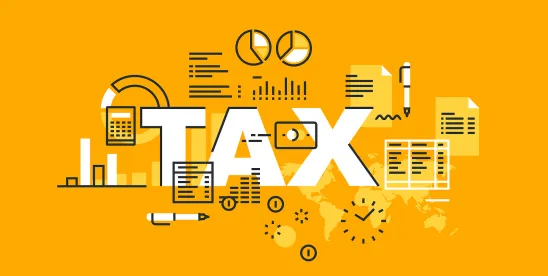The recent passage of new federal legislation known as One Big Beautiful Bill (OBBB, formally House Bill 1 of the 119th Congress) brings significant changes to several material programs and tax laws. While some provisions — such as 100% bonus depreciation for certain business aircraft — have received attention, one major update has gone largely unnoticed: significant changes to the treatment of Qualified Small Business Stock (QSBS) under Section 1202 of the Internal Revenue Code (the Code).
These changes will have a major impact on the venture capital ecosystem, which include enhancements to QSBS incentives for founders and investors while expanding the number of companies eligible to issue QSBS.
At a high level, the changes allow:
- A pro-rated tax exclusion benefit for a shorter holding period.
- An expanded asset threshold, allowing larger companies to issue QSBS-eligible stock.
- A higher, inflation-indexed exclusion cap on the sale of QSBS eligible stock beginning in 2027.
QSBS Background
Section 1202 of the Code provides significant tax benefits to individuals and certain entities that receive stock directly from certain early-stage companies if the stock and the issuing entity meet certain requirements. Before these changes, if the shareholder held that stock for more than five years after issuance (and certain other requirements were met), the shareholder generally would be entitled to entirely exclude a certain amount of gain from federal income taxation.
At a high level, QSBS eligibility required that:
- The issuer of the stock must be a “C” corporation (i.e., not an S-corporation or a limited partnership).
- The stockholder acquired the stock via an original issuance directly from the company (not as part of a secondary offering or another acquisition method).
- The issuing company must be actively engaged in certain types of qualifying businesses (excluding many services-based businesses).
- The issuing company must have avoided certain types of transactions and continue to abide by certain transactional limits, like certain stock redemptions. Note that this is one of the trickiest prongs for the issuing company to manage, as it requires historical analysis and forward-looking compliance.
- The issuer’s aggregate gross assets must be below $50 million through the date the QSBS eligible stock is issued.
What’s New
While many baseline requirements (such as entity type and business activity) remain unchanged, the legislation introduces several investor-friendly revisions.
Important Note: These changes are not retroactive and only apply to newly acquired stock on or after July 4, 2025. QSBS acquired before that date will continue to be governed by the previous rules.
Shorter Holding Periods to Access Benefits
Stockholders can now begin to receive prorated QSBS tax benefits after holding qualified stock for as little as three years at the time of sale, instead of waiting for five years to receive the full benefit, as was previously required. The new sliding-scale benefit is as follows:
- Stock held for at least 3 years: 50% of gain excluded from federal income tax
- Stock held for at least 4 years: 75% of gain excluded from federal income tax
- Stock held for at least 5 years: 100% of gain excluded from federal income tax
While early sales mean a reduced benefit, the shorter period, coupled with the other benefits detailed below, is a promising development for investors and founders alike.
Larger Companies Can Issue QSBS-Eligible Stock
What is a “qualified small business?” Before the legislation, an issuing company had to have gross assets below $50 million (as determined under Section 1202). That threshold is now $75 million (adjusted for inflation starting in 2027), measured before and immediately after the issuance of QSBS shares.
As a result, more companies — particularly those in mid- and later-stage rounds — can now issue QSBS-eligible stock.
QSBS Benefits Can Exempt More from Taxes
Stockholders can exclude up to $15 million (adjusted for inflation starting in 2027), up from the previous limit of $10 million.
Importantly, the $15 million limit is only one prong of the potential gain exclusion. QSBS rules state that a stockholder can exclude the greater of (A) $15 million or (B) 10x their basis in the QSBS eligible stock. Because the 10x basis limitation often can result in a larger exclusion and the law did not change this limitation or the “greater of” calculation, the exemption rules overall improved for stockholders under the legislation.
While these changes expand the potential benefits of QSBS, the rules remain complex. Engaging experienced tax advisors can help ensure eligibility is preserved and opportunities are fully realized. Our team regularly supports clients in navigating the nuances of Section 1202.
Key Takeaways
The recent legislation significantly enhances QSBS rules for founders and investors. Larger companies can now issue QSBS-eligible stock, which can be held for a shorter period to receive preferential QSBS tax treatment. Additionally, those QSBS benefits increase the amount of gain that can be excluded from taxation. These substantial changes are poised to reshape investment dynamics across the venture ecosystem.






 />i
/>i
